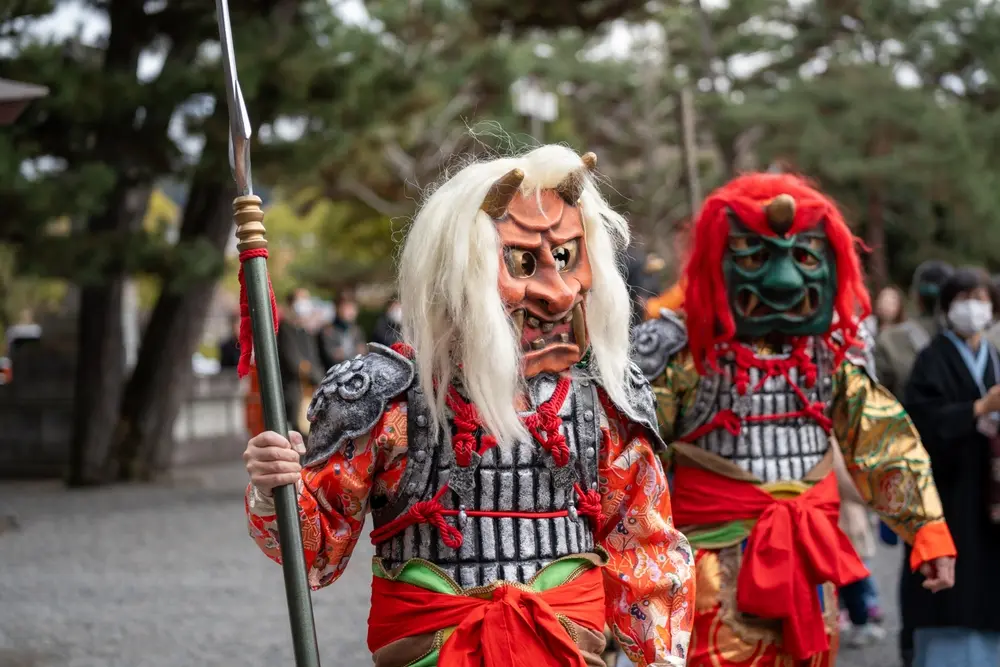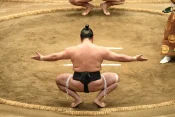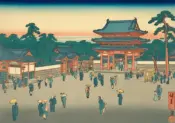Kyoto’s Setsubun Festivals: A Vibrant Tradition to Welcome Spring and Good Fortune
Source : Shawn.ccf / Shutterstock.com
Picture this: a lively crowd chanting “Oni wa soto! Fuku wa uchi!” (Demons out! Luck in!), while throwing roasted soybeans at costumed figures representing demons. This is Setsubun, a vibrant Japanese tradition celebrated on February 3rd, the day before the beginning of spring according to the lunar calendar. In Kyoto, the ancient capital of Japan, Setsubun is celebrated with a unique blend of ancient rituals, festive events, and cultural performances.
The History and Meaning of Setsubun
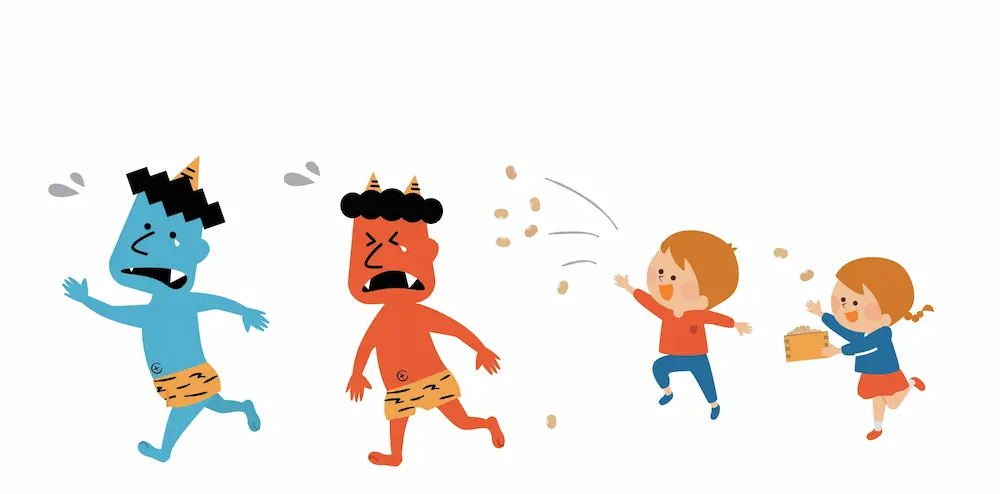
Setsubun, meaning “seasonal division,” marks the transition from winter to spring. It’s a time to cleanse the old year’s negativity and welcome good fortune for the new year. The custom of mamemaki (bean throwing) is believed to drive away evil spirits, while eating ehomaki (lucky sushi rolls) in silence while facing a specific direction is said to bring good luck.
Setsubun has its roots in ancient Chinese traditions, but it has evolved into a distinctly Japanese celebration over the centuries. In Kyoto, with its rich history and cultural heritage, Setsubun is celebrated with particular fervor and enthusiasm.
Kyoto’s Unique Setsubun Traditions:
Kyoto boasts a variety of Setsubun festivals, each with its own unique charm and customs. Here are a few highlights:
1.Yasaka Shrine’s Setsubun Festival

This festival features over 3,000 lanterns illuminating the shrine grounds, creating a magical atmosphere. Visitors can participate in mamemaki and enjoy traditional performances.
2.Rozanji Temple’s Oni Odori (Ogre Dance)
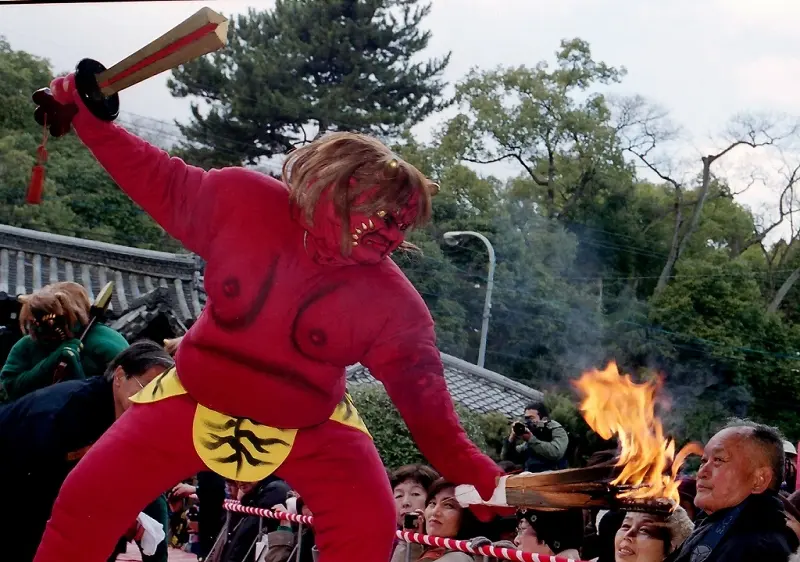
This unique ritual involves monks dressed as ogres performing a dance to ward off evil spirits. Visitors can also participate in a bean-throwing ceremony.
3.Yoshida Shrine’s Setsubun Festival
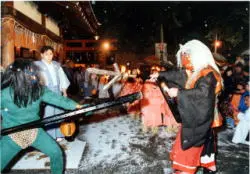
This festival features a fire ritual where sacred flames are used to purify the shrine grounds. Visitors can also witness a procession of priests and shrine maidens
Why You Should Experience Setsubun in Kyoto:
Setsubun in Kyoto is a truly immersive cultural experience. The festive atmosphere, the colorful costumes, and the ancient rituals create a sense of excitement and wonder. Participating in mamemaki or witnessing a traditional performance is a unique way to connect with Japanese culture and traditions.
But Setsubun is more than just a fun event. It’s a chance to reflect on the past year, let go of negativity, and welcome new beginnings. Whether you believe in the spiritual aspects of Setsubun or not, it’s a wonderful opportunity to experience the joy and optimism of a new season.
Tips for Enjoying Setsubun in Kyoto:
- Plan ahead: Setsubun festivals can get crowded, so it’s a good idea to check the schedules and plan your itinerary in advance.
- Dress warmly: February in Kyoto can be chilly, so bundle up in layers.
- Bring a bag for beans: If you plan to participate in mamemaki, bring a bag to collect the lucky beans.
- Be respectful: Setsubun is a religious and cultural event, so be mindful of the traditions and customs.
Conclusion:
Kyoto’s Setsubun festivals offer a unique glimpse into Japan’s rich cultural heritage. Whether you’re seeking spiritual renewal, cultural immersion, or simply a fun and festive way to welcome spring, Kyoto’s Setsubun celebrations are sure to leave a lasting impression. So mark your calendars for February 3rd and get ready to experience the magic of Setsubun in Kyoto!
Reviews
There are no reviews yet. Be the first one to write one.
